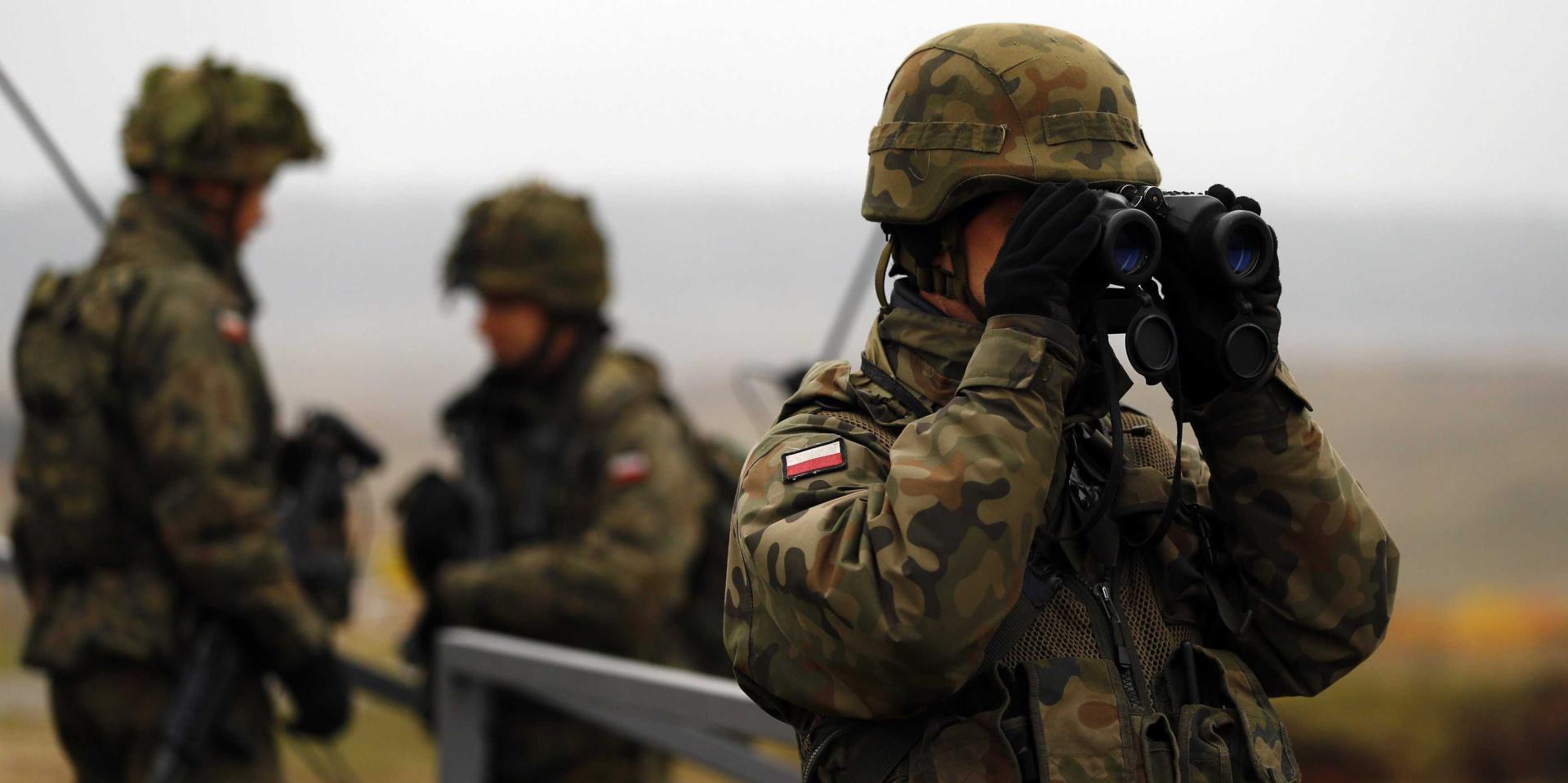Brussels: NATO head Jens Stoltenberg said Monday the alliance will approve plans this week to more than double the size of its rapid response force, having already created a special spearhead unit in the fallout from the Ukraine crisis.
“NATO defence ministers… (will) take a decision to further increase the strength and capacity of the NATO Response Force to 30,000 to 40,000 troops, more than double its current size,” Stoltenberg said ahead of a meeting Wednesday and Thursday in Brussels.
The US-led alliance set up what is known as the NATO Response Force in 2002, based on some 13,000 troops able to get to crisis hotspots much faster than its main forces.
But the crisis in Ukraine and Russian intervention in support of pro-Moscow rebels there, as alleged by the West, showed that the NRF might not be able to move fast enough in a vastly changed security environment, Stoltenberg said.
Accordingly, in September, NATO leaders set up what is known as an NRF spearhead unit of some 5,000 troops able to deploy within days, not months.
Stoltenberg said the alliance was making steady progress on beefing up what is known as the Very High Readiness Joint Task Force — or VJTF — with a full complement of resources.
He also said NATO would “speed up our decision-making process” to meet the new challenges, including setting up a new logistics headquarters unit within the overall command structure.
As a result, the NATO supreme commander would get “more responsibility on deployment” so the 28-member alliance could respond more quickly, he said.
Political controls over the military, he added, would not be compromised.
“These are important decisions, part of NATO’s adaptation to a new security environment,” he said, adding that the allies would also have to meet commitments made at the September summit to increase defence spending to the equivalent of 2.0 percent of annual economic output.
‘Important thing to do’
US Secretary of Defense Ashton Carter is due to attend his first NATO defence ministers meeting as Washington promises to do more to reassure its allies, especially those in eastern Europe once ruled from Moscow.
The US government is considering pre-positioning heavy equipment in the eastern Europe.
“If we’re going to increase the resilience of the alliance and particularly of allies at the edges of alliance territory… this is an important thing to do,” Carter said Monday in Berlin.
Carter then travelled to a military base in the northwest German town of Muenster, where he met with his German, Dutch and Norwegian counterparts, Ursula von der Leyen, Jeanine Hennis-Plasschaert and Ine Eriksen Soereide.
He told reporters at a joint news briefing afterwards that the US would contribute manpower and equipment to the VJTF rapid response force.
The aid would include intelligence and surveillance capabilities, special operations forces, logistics, transport aircraft, and a range of weapons support, Carter said.
The US was contributing “because the United States is deeply committed to the defense of Europe, as we have been for decades,” he said.
“At a time when some seek to divide us and take us backward, we are moving forward together, with new capabilities, like the VJTF, and a new playbook to confront challenges in the south, from the east, and around the world,” Carter said, referring not only to Russia, but to the rise of Islamic militants beyond Europe.










